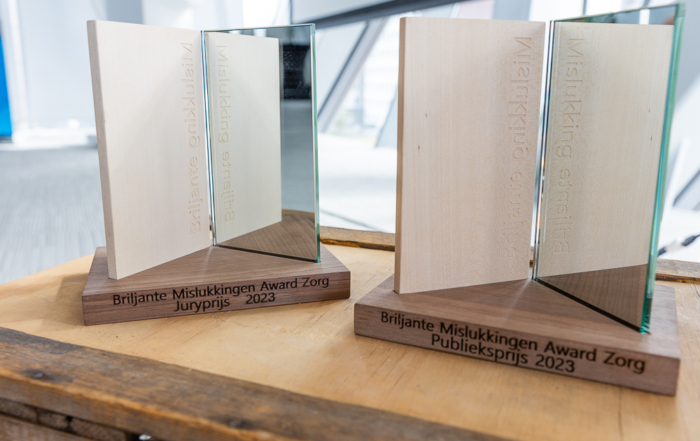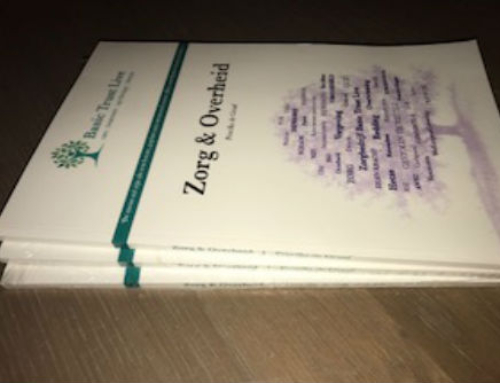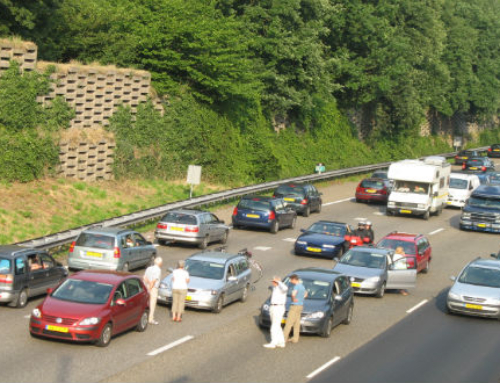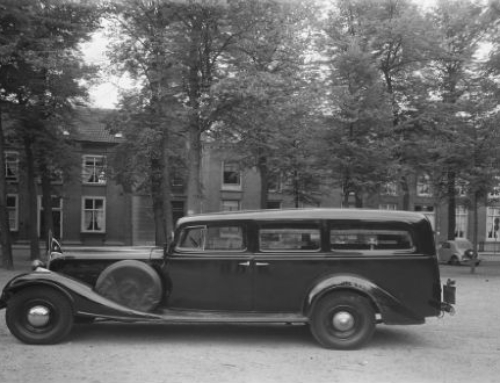The intention
At the end of the 1980s, several breweries experimented with the development of non-alcoholic and low-alcohol beers.
Despite some initial hesitations, Freddy Heineken also decided to develop a low-alcohol beer; a beer that had to conquer both the Dutch home market and the foreign markets…
The approach
The Amsterdam beer builder will launch in the summer of 1988 a low-alcohol beer (0.5%). Heineken consciously opted for low-alcohol beer because it was feared that consumers would have difficulty with beer that contained no alcohol at all. They chose the 'strong' beer name Buckler. The name Heineken did not appear on the label for safety reasons.
The result
Initially Buckler was successful and knew, both domestically and internationally, a large market share among low-alcohol beers. However, five years after its launch, Buckler, at least in the Netherlands, withdrawn from the market after initial success.
A certain Yoep van ' t hek deploys in his first New Year's Eve conference 1989 the Buckler drinker mercilessly down with the next passage.
Buckler drinkers I hate that now. Buckler you know that, that's that reformed beer. Of those dicks of a year or 40 standing next to you with their car keys. fuck off boy! I'm getting a little drunk here. go crazy, go to church booze you idiot. Then don't drink you idiot, BUCKLER drinker.”
The impact was disastrous for the low-alcohol beer.
In addition to Yoep van 't Hek's Buckler effect, Heineken also underestimated Bavaria's competition. Bavaria Malt gains exclusivity for light beers in Saudi Arabia during the war.
In '91, Heineken did another catching up maneuver by reformulating Buckler with a lower alcohol percentage, but it didn't help. The television campaign with a sexy lady in a tiger suit crawling over the bar and the Buckler cycling team were also not allowed to turn the tide..
The lessons
In the rest of Europe Buckler is still a great success, but in the Netherlands the beer has disappeared. Heineken later marketed the non-alcoholic beer under the Amstel label, a brand deemed strong enough to withstand any unforeseen jokes.
Heineken could do relatively little about the 'Buckler effect'. But if as a company you do incur brand damage due to your own mistakes, it makes sense to: 1) to communicate honestly (with the press), 2) to create transparency, 3) make yourself vulnerable and especially: 4) admit you made mistakes (to learn lessons for the future).
For example, Apple did a great job when influential bloggers magnified a bug in the iPod Nano. By admitting the mistake immediately and promising free repair, the sympathy for the brand only increased.
Author: Editorial IVBM
Sources; including. Elsevier, 23 May 2005, shock wave, p. 105.
OTHER BRILLIANT FAILURES
Who finances lifestyle in cardiac rehabilitation?
Beware of the chicken-egg problem. When parties are excited, but first ask for proof, check carefully whether you have the means to provide that burden of proof. And projects aimed at prevention are always difficult, [...]
Brilliant Failure Award Healthcare – 20 to stop coming up with new advice 2024
Wednesday 20 In November, the Brilliant Failure Awards for Healthcare will be organized for the tenth time by the Institute for Brilliant Failures.
Brilliant Failure Award Healthcare – 20 to stop coming up with new advice 2024
Wednesday 20 In November, the Brilliant Failure Awards for Healthcare will be organized for the tenth time by the Institute for Brilliant Failures.









